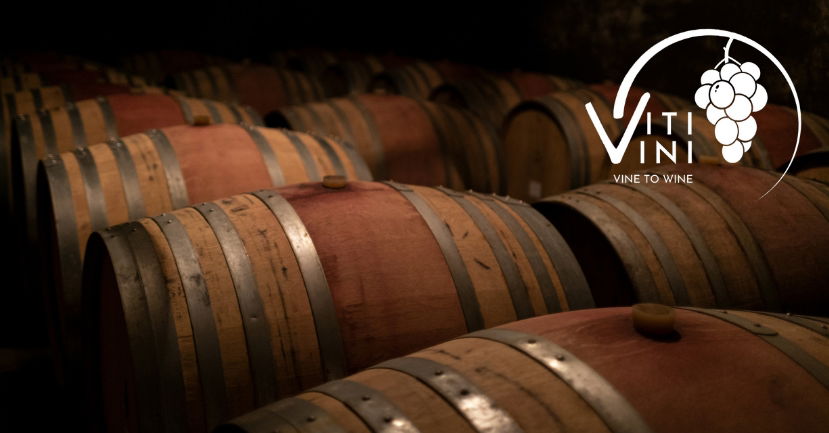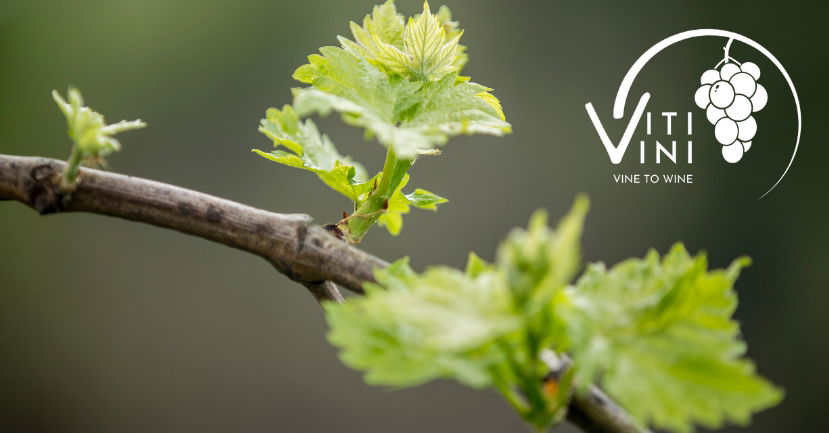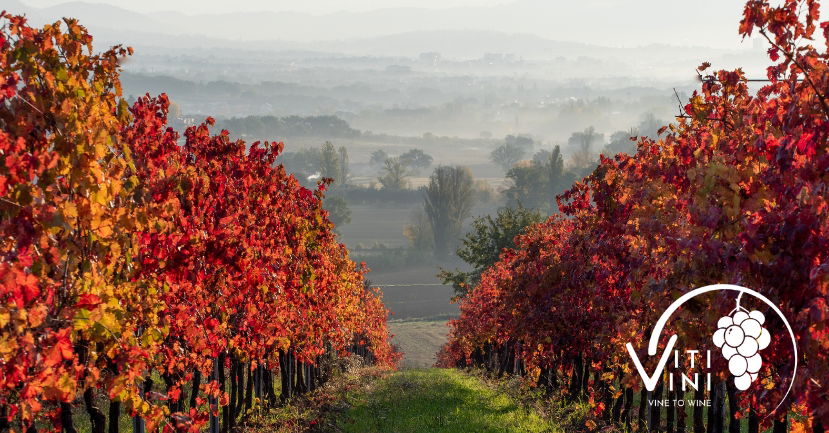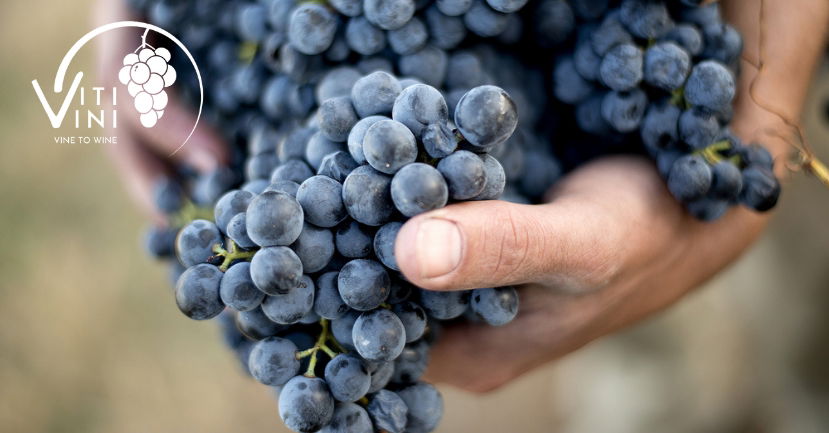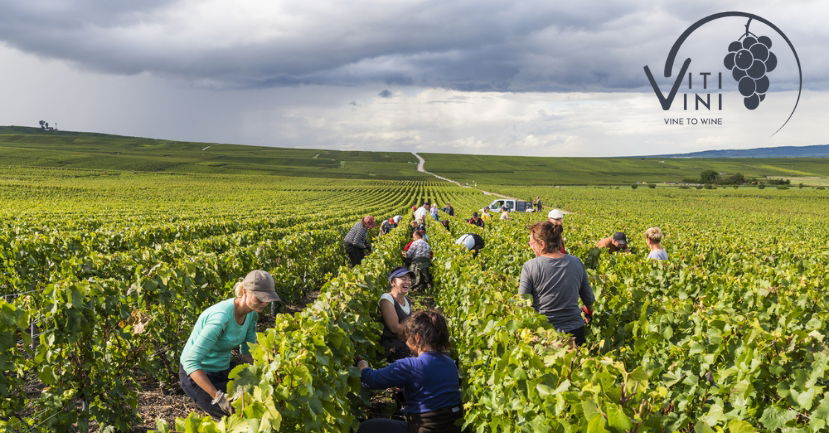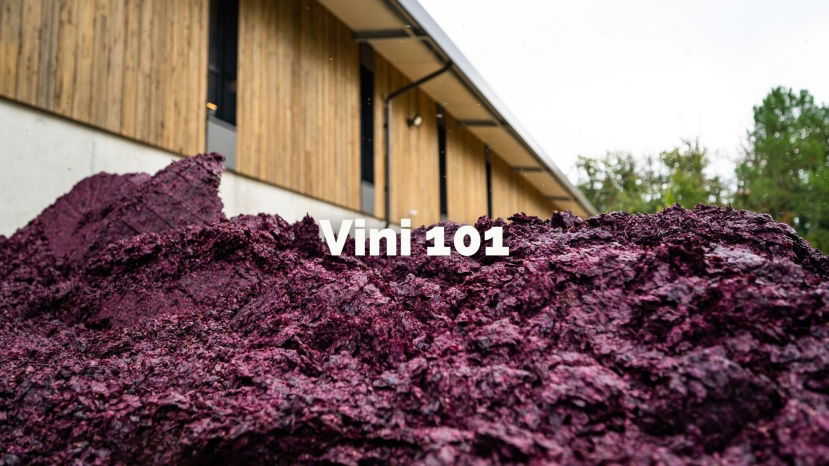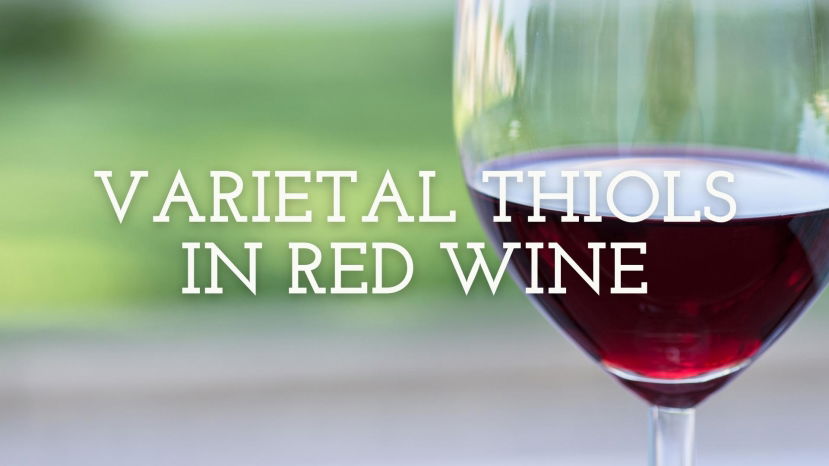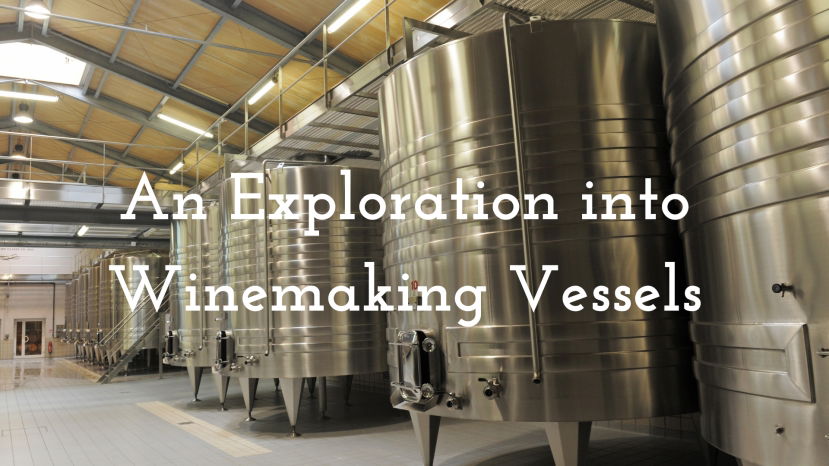BLOG
vinification
June is a time of great change in the vineyard. At the beginning of the month, the vines have short shoots with berries that have just set. By the end of the month, the shoots are almost fully grown and have discernable clusters. This is a period of rapid cell division for the berries. With regard to the clusters, the number of individual cells within each berry increases in preparation for the next phase of cell expansion (to be covered in July) when the final berry size is largely determined.
After several months of dormancy, the first signs of the new vintage begin to show in March (in temperate to warm climates). The fresh pruning wounds begin to “bleed.” This initial sap flow is triggered by rising temperatures. Shortly after the bleeding stops, the buds will begin to swell.
After frost season, bloom (flowering) is the first real milestone of the vintage. Harvest follows approximately 100 days after this event. Now that the growing season is in full swing, weather has real repercussions for how the vintage shapes up. Grapevines have what are known as “perfect flowers.” They have both male and female parts; they self-pollinate. This means that they do not need insects such as bees for pollination to occur (as is common in many other fruits), nor is wind necessary (as is common in some tree species).
At the start of November, areas with long growing seasons are still wrapping up harvest, but most wineries in the northern hemisphere have brought their grapes into the winery. An exception to this rule is any fruit being left out for ice wine production. Ice Wine ProductionGrapes destined for ice wine production must hang on the vine until temperatures reach a consistent 20°F/-7°C or below. Only at this point, can the frozen berries be harvested. November begins with a lot of activity in the winery and ends with everyone taking a collective sigh of relief. The growing season is at an end and most wine production professionals can take a moment to reconnect with their families and friends and take a well-deserved vacation.
In October, most areas of the northern hemisphere are in harvest and going full out! Many white varieties finish in early October. Although some reds (particularly early-ripening Pinot Noir) may have started harvest in September, generally, October is the month when most red varieties are picked. In September’s post, we explored the harvest parameters for white grapes. The factors that a winemaker considers when picking red grapes are similar… flavor, acid, sugar, etc. However, there are two key harvest parameters that are more important (and impactful) for reds than whites: tannin ripeness and anthocyanin accumulation (color).
Now that fall has arrived, winemakers turn their attention to the harvest. In most of the northern hemisphere, harvest usually begins by the middle of this month, if not earlier. It is an exciting time. The culmination of all the hard work in the vineyards is realized in the moments the grapes are picked. Vineyard managers can relax now, but the winemaker’s job is just getting started.
Summary: As was discussed in Viti 101, wine is a product of many influences, particularly those that happen in the vineyard. However, grape growing is only half the story. In this webinar, we will explore the various practices and procedures that take place once the grapes arrive at the winery such as sorting, crushing, fermentation, must adjustment, winemaking vessels, post-fermentation options and aging. Presenter: Tracy Ellen Kamens, Ed.D., DWS,
Summary: Intense aromas of blackcurrant and red fruit characterize the sensory profile of some red wines that are very much appreciated by consumers. Over the last decade, researchers have shown that varietal thiols such as 4MMP, 3MHA and 3MH, first identified in Sauvignon blanc, are volatile aromatic compounds responsible for and/or contributing to the expression of these aromas in red wines. Consequently, research on the expression of varietal thiols in red grape varieties is a
Summary: Join winemaker, Nova Cadamatre MW, as she walks through many of the different possibilities of winemaking vessels including stainless steel, wood, and beyond. Discover the pros, cons, and why winemakers will choose one over another option. Presenter: Nova Cadamatre MW Over the course of almost two decades, Nova Cadamatre has become one of the most versatile and experienced winemakers in the industry. She holds a Bachelors from Cornell University in
Summary: Whole cluster (or whole bunch) fermentation is the winemaking method of using whole grape clusters without destemming during vinification. It is one of the oldest winemaking methods though the introduction of modern destemming machines after World War II shifted winemaking, eliminating much of its use. However over the last 20 years, it has been making a comeback in Burgundy and beyond,
Page 2 of 2
- 1
- 2


